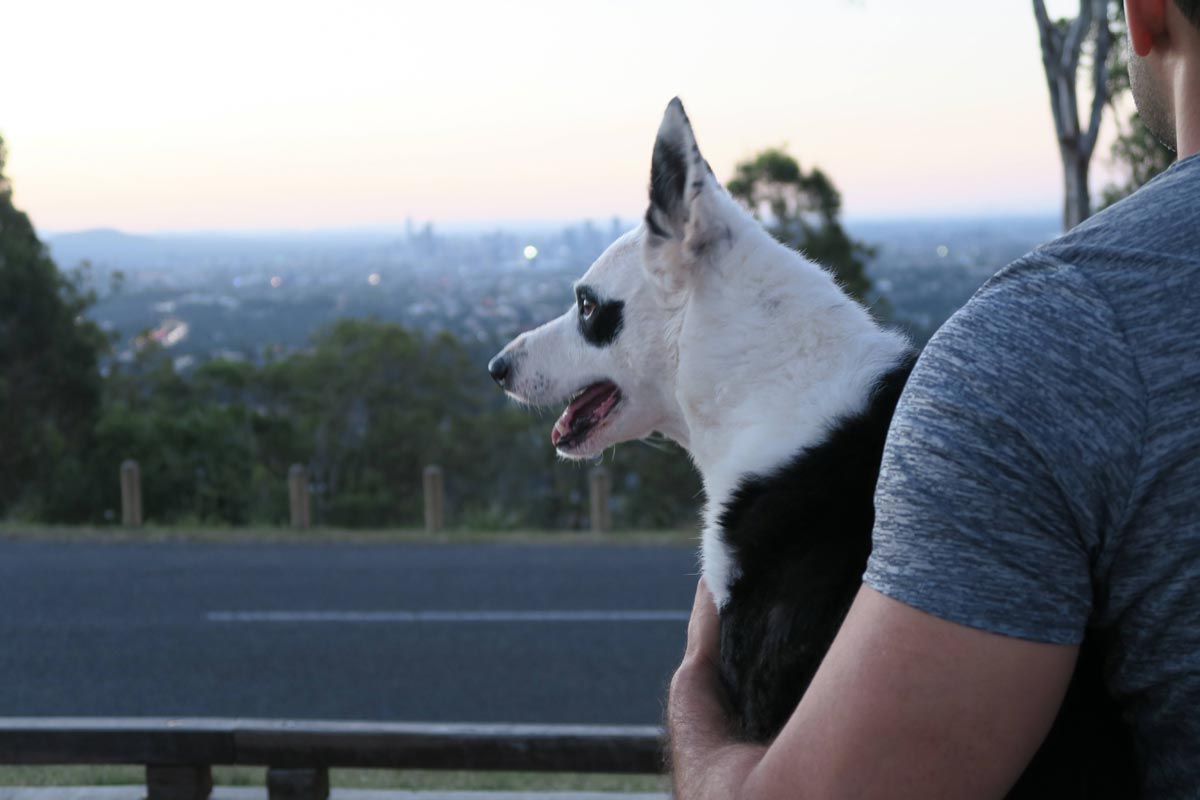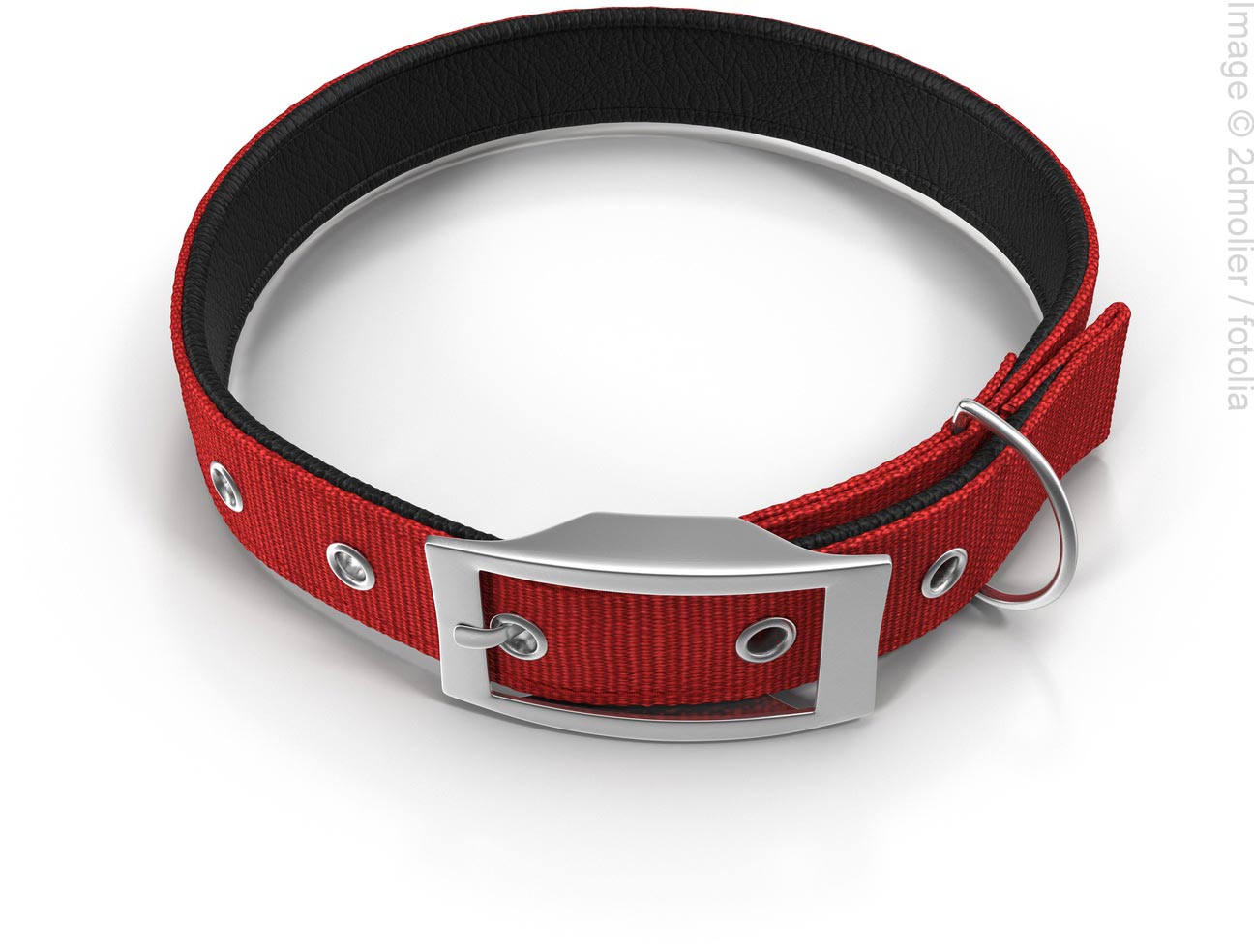Euthanasia is a big part of our work as veterinarians. Working in an emergency setting, it is something I have to face on every shift.
It doesn’t get any easier no matter how many times I have to do it, but I have fine-tuned my approach over the years so each euthanasia process runs as smoothly as possible, with minimal additional stress to both patient and client.
This month, I will talk about taking care of your client.
Communication is key

The most important aspect of taking care of your client in this difficult time is to make sure you really focus on communicating clearly, effectively and, most importantly, with sincere empathy.
First, I listen to their concerns, and why they have made the difficult decision to euthanise their pet.
Quality of life decisions can be a very grey area, and sometimes what you think may be manageable as a veterinarian can be a huge quality of life concern for a pet owner.
A prime example is osteoarthritis in older dogs. You may assess them as being clinically well except for some difficulty walking, but the client sees their pet every day and notices the struggles they go through.
Euthanasia is a difficult conclusion for them to come to and, in most instances, I will defer to the client when it comes to assessing the quality of life of their pet.
Quality assessment
One way I help clients assess their pet’s quality of life is by asking them about a few aspects of it, including:
- Can your pet do the things that make them happy?
- Do they spend more days sad, depressed and ill compared to the number of days they are bright, happy and eating?
- Is your pet in pain? Is this pain manageable?
Confirmation
Once a client has expressed they want to euthanise their pet, I always try to confirm three things:
- That they have actually decided to euthanise their pet. I frame the question like: “So, my understanding from our conversation is that you have made the decision to euthanise Fluffy today?” Sometimes, when you ask this question, the client reveals they have not actually come to that decision yet, which means you will need to backtrack a little and guide them through the decision process again.
- Whether they would like to be present for the euthanasia.
- How they would like us to handle the after care.
I also always try to manage all documentation and finances before the euthanasia so the clients will be in a position to leave immediately after the procedure, meaning they can begin to grieve rather than have to do paperwork. The only exception to this is when the patient is in a critical condition, meaning euthanasia cannot wait.
Explaining the process
Try not to perform the euthanasia in your consult room or in the main treatment areas – if you have a private room for euthanasias, that is the most ideal. This is important especially if the client comes back in the future with another pet or a new pet. They often find it difficult to walk into your consult room and be reminded of the euthanasia of their beloved pet.
I like to give clients some time to spend alone with their pet to say their goodbyes in private. When I come back into the room, I start by explaining the process of the euthanasia, covering the following things every single time:
- Euthanasia is an overdose of an anaesthetic agent
 The process is quick – 10 to 20 seconds
The process is quick – 10 to 20 seconds- It is completely painless
- The pet doesn’t close their eyes afterwards
- The pet can have a couple deep breaths and muscle tremors
- The pet can release their bowels and bladder (especially important to warn of this if the clients want to hold their pet)
- Lastly, if their pet came into the hospital in shock and obtunded, where I have fluid resuscitated them, meaning they are now more bright and alert, I warn the clients that despite their pet looking better, the underlying disease remains the same.
Once the euthanasia is performed, I again ask if the client wants to spend a little more time in private with their pet. Finally, when the client leaves, they typically will say “thank you”.
Whatever you do, do not say something like “my pleasure” or “you’re welcome” like you would for a vaccination consult – this is a natural response, but would be a terrible faux pas. I simply say “I’m very sorry for your loss. Take care for now and let us know if we can help in any way”.
Next month, I will talk about taking care of your patient throughout the euthanasia process.
- Gerardo Poli is the author of The MiniVet Guide to Companion Animal Medicine – now available in the UK.

Leave a Reply